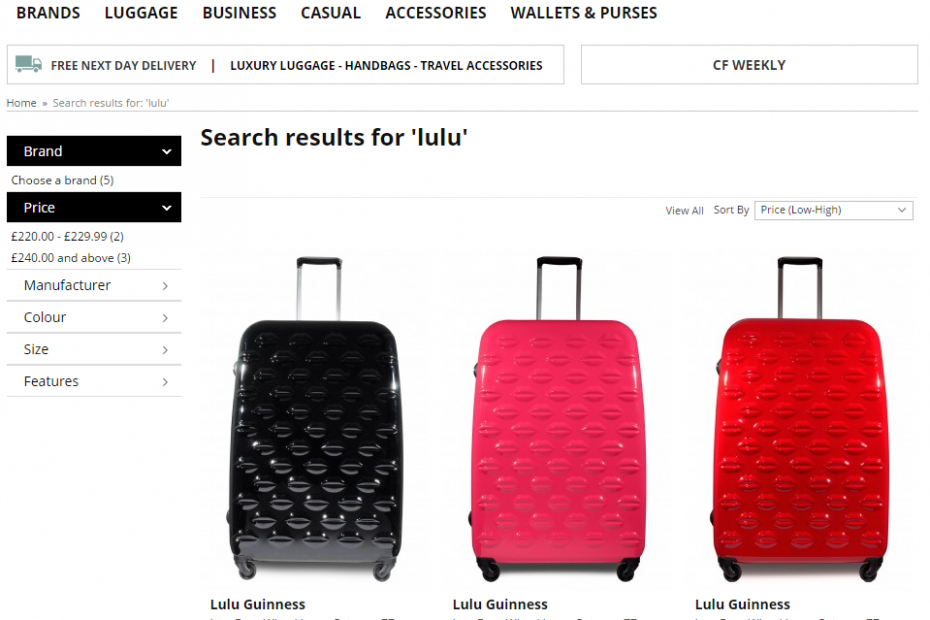Bogdan Ciocoiu
In the era of digitalisation, businesses are constantly striving for agility, efficiency, and innovation. Over 20 years in IT and professional services, I have observed a paradigm shift from traditional business models to more dynamic, technology-enabled ones. Such transitions are not just about implementing new systems or platforms; they are about reshaping how organisations operate and deliver value.
Having partnered with a diverse clientele – from global giants like Uniqlo and Coca-Cola to public sector entities like DWP and MOJ – one clear lesson resonates: a fit-for-purpose technology-enabled business operating model is not merely a luxury; it is an imperative. Here is why:
- With digitalisation sweeping across sectors, businesses must embrace technology to remain competitive. A lean, digital-first approach, built on the principles of performance improvement, drives efficiency. Take, for instance, my experience with Ooberstock or Unilever. By introducing a streamlined tech solution, both organisations could effortlessly navigate supply chain intricacies, resulting in quicker turnaround times and boosting revenues.
- Change is the only constant. Adopting a flexible operating model, underscored by robust IT infrastructure, ensures businesses are ready for what's next. Working with Nintendo, a pioneer in gaming innovation, I've learnt that being adaptable to market dynamics, backed by a solid tech foundation, is the cornerstone of sustained success.
- In today's digital age, the customer reigns supreme. Businesses must pivot from being product-centric to customer-centric. With the insights derived from modern tech platforms, firms can personalise offerings, enhancing customer engagement and loyalty. Our collaboration with SushiMania epitomises this, where a bespoke digital solution dramatically improved their customer experience.
Drawing from my diverse experience, I have devised a systematic approach to guaranteeing a successful delivery of net value to my clients within the given timeframes and budget.
- Comprehensive diagnosis: Every organisation is unique. I start by diving deep into their current operating model, understanding pain points, and identifying opportunities. With the HMRA, this meant closely examining their processes and determining where technology could offer simplifications.
- Co-creation and collaboration: Gone are the days of siloed operations. The collaborative design ensures buy-in from all stakeholders. At QS Global Workplace, we convened interdisciplinary teams, amalgamating IT expertise with business know-how and crafting a recruitment solution that resonated with all.
- Customisation: While there might be similarities across sectors, a one-size-fits-all model is a recipe for mediocrity. Each solution needs tailoring. Our partnership with Global Luggage was emblematic of this, where a customised digital e-commerce solution bolstered their UK operations.
- Capacity building: A new operating model demands new skills. From my networking background, emphasising TCP/IP and CCNA accreditation, I understand the value of continuous learning. Therefore, post-implementation, I focus on training, ensuring the workforce is adept at leveraging the new model. With Brave Heart Disney, this involved extensive workshops and knowledge-sharing sessions.
- Continuous improvement: The journey continues after implementation. Using LEAN practices, I emphasise the importance of regular reviews and iterative refinements. At BD Network, this meant frequent feedback loops, ensuring the tech-enabled business operating model was always in sync with the vision, mission, strategic objectives and operating principles.
- Celebrating small wins: Change can be daunting. Celebrating milestones, however small, fosters a positive culture, making the transition smoother. During our project with Renault, we celebrated as a team every successful marketing campaign, ensuring morale remained high throughout the journey.
The world is rapidly evolving. In the milieu of technological advancements, businesses must stay caught up. A fit-for-purpose technology-enabled operating model is the lifeline for modern organisations. Drawing from two decades of hands-on experience and collaboration with a spectrum of clients, I reiterate the importance of such business operating models, emphasising the methodical steps to ensure success. The future belongs to those prepared, and I am committed to aligning my clients for this future.









